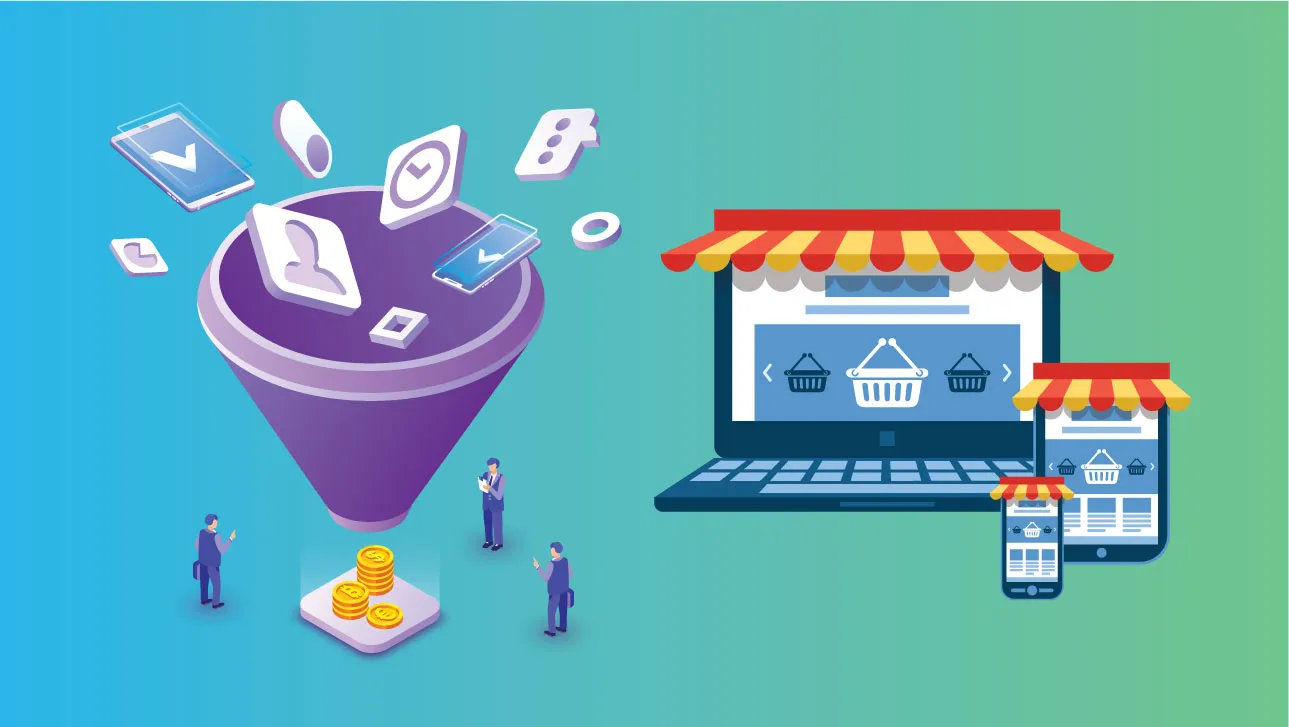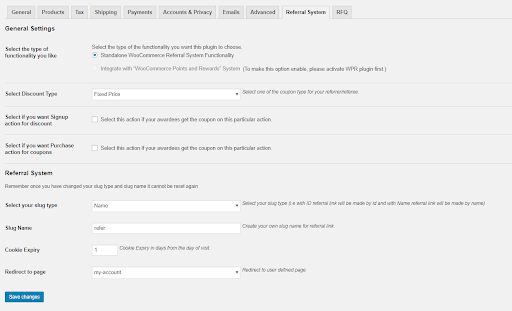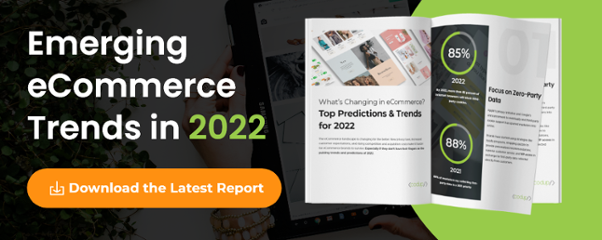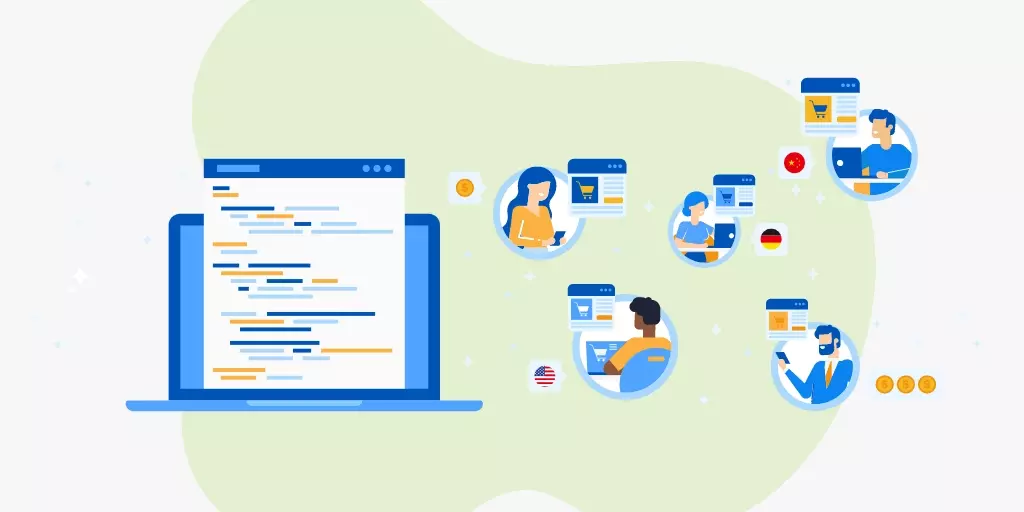How to Build a Successful WooCommerce Sales Funnel

Running a WooCommerce store has its ups and downs. You invest in the setup, things are going well, but somehow the number of projected customers just isn’t enough.
It’s a predicament many eCommerce store owners face but seldom know how to solve. Through creating a WooCommerce funnel, you can get more customers to your store and purchase your products.
Like a brick-and-mortar store, your eCommerce setup will see a variety of customers coming in and out. Some are ready to purchase, some are willing but not ready, and some are just window-shopping around. In the latter’s case, it’s either their first time in your store or they’re just comparing the products.
A WooCommerce sales funnel comes in really handy in learning about the “user journey” of your audience, and how they interact with your store. Using that data, you can use conversion rate strategies and turn them into paying or loyal customers.
In this article, you will learn what a user journey is and why it matters to your eCommerce store. From that, we will take our discussion towards some practical tips on how you can build a WooCommerce sales funnel that converts.
Understanding the eCommerce Store User’s Journey
In order to create an effective WooCommerce sales funnel, you first need to understand the eCommerce user journey.
Essentially, the user journey is the road a user takes to navigate your site from the discovery of your brand to checkout. Typically, a customer goes through the following phases:
Stage 1: Awareness – A user discovers your product, but they aren’t aware of what you’re offering.
Stage 2: Consideration – The users dig a bit deeper and see the products and services you’re providing.
Stage 3: Preference – The user is now aware of your products; now, they will go about selecting the best product. This involves reading reviews, product descriptions, and related content.
Stage 4: Purchase – When a customer is convinced that your product is good enough, they’ll proceed towards purchasing it. At this point, you need to try and make it easy for them to purchase the product.
While these four stages are meant for beginners trying to understand the eCommerce sales funnel, it is important to know that there are a lot of steps in between these phases. Even though different writers will have their own rendition of these stages, they all essentially point to the journey, as mentioned above.
Theory into Practice: The User Journey Explained With An Example

To put things into perspective, here’s the run-down of how a customer goes through a particular sales funnel.
Let’s suppose that the customer’s name is Debbie.
Debbie is looking for a hairdryer online. The last one she bought was from a traditional store which didn’t suit her frizzy hair. This time she wants to purchase a dryer that suits her hair. Because of the COVID-19 pandemic, however, she has decided to purchase from an online store.
Stage 1: Awareness
As discussed above, the awareness stage starts with the customer finding out your products through your various marketing channels.
This could be:
- Through pages or content that you’ve ranked on SERPs like Google or Bing
- Through your social media accounts or sponsored posts
- PPC (Pay Per Click) Ads on social media or search engines
At this point, Debbie is weighing her options. She wants to purchase but also wants the right price for her hairdryer.
Debbie decides to visit Google and search for “best hair dryers for frizzy hair”. Through Google, Debbie is directed to a website article comparing the most popular hair dryers of that type. The site in the discussion just happens to be your site.
Debbie has now interacted with your site, and even if it’s a blog article, she is now aware of your brand.
Stage 2: Consideration
Going through the article, Debbie discovers there is a certain brand of hair dryer that suits her needs just right. In the article, you’ve linked to the product page. Debbie clicks on the link and is redirected to the product page.
You’ve managed to gain her attention. Even though she’s not ready to purchase just yet, she’s sort of close.
Stage 3: Preference
Debbie will prefer something that fits her budget after going through the main product and its associated products.
At this point, you need to provide easy navigation and access to information. Otherwise, Debbie might exit your shop. Being a careful buyer, she would read product reviews, ratings, and descriptions.
Stage 4: Purchase
Having seen the product, read its reviews, Debbie is now sold on the product and is ready to purchase it.
Analyzing her preference, you also decide to pitch her a hairbrush that’s made for her hair. A small square screen pops-up is suggesting that she might like this product as well. As a compliment, she decides to add the hairbrush to her cart as well.
Now, Debbie is ready with her payment card in hand. All she wants now is to pay for the product as easily as possible and checkout.
Read Also: How To Optimize WooCommerce Product Category Page To Boost Conversions
Moving Users Seamlessly Through the Sales Funnel
From Debbie’s example, it should be pretty clear how a customer moves through the funnel. That said, some customers leave in the middle of any one of the stages. Their reasons might vary depending on their situation. Regardless, you need to structure the funnel to ensure that the shopper moves seamlessly through your funnel.
Let’s look at the various ways in which you can structure your funnel to make it leak proof.
(Awareness) Targeted Content and Advertisements Can Help You Go the Distance
In 1996, Bill Gates wrote an essay titled “Content is King.” Nearly two and a half-decades later, that statement still holds true to every word.
In order to sell your products effectively online, you need to focus on content that aims to solve a problem since optimizing the content of your product pages can only take you so far.
Educational content works best in this regard since it allows you to pitch your product as well as solve a user’s problem (see Debbie’s case above). In addition to writing such high-value content on your site, try to integrate it with your social media posts to keep the audience engaged.
This form of value addition at the very top of the funnel helps reach out to customers who might be interested in your offerings. When you’ve successfully landed those users on your site, the succeeding funnels will perform their intended tasks.
Another thing that creates awareness is targeting customers through paid advertisements on Facebook and Google.
(Consideration) Simplify the Shopping Experience
Once the customers have entered this phase, you want to create a site design that entices them to stay on your site instead of bouncing off.
Apart from site design, you must also focus on promoting your products to users when they subtly are on your store.
You can accomplish that by adding a search box and filter option to your store so users can find what they are looking for by typing in specific product names or filtering the results according to their preference.
To ramp up your product promotion ever further, you can use a plugin like Product Table for WooCommerce that allows you to display products in a tabular format. With it, you can display a significant number of your products in one place without taking up too much space. The plugin comes equipped with a search and filter option that lets users search for specific products or categories that they are interested in. On top of that, each product entry has an “Add to Cart” button that lets users select and add products to the cart directly from the table.
Again, you can integrate the content creation process at this point to make your products more informative. If you’re well aware of the design of modern websites, you can design a site yourself with the help of plugins like Elementor or Beaver Builder.
But even if you’ve done all that, there will be a percentage of users who will bounce off for one reason or another. To bring them back to your store, you can follow the strategies mentioned in the next step to retarget such users.
(Consideration) Use Points and Rewards on Referrals to Your Advantag
Another good way to entice customers into purchasing from your store is to introduce a points and rewards system in your store. This helps you distribute points to users on sign-ups, referrals, and other activities in your store.
When users accumulate those points, they can get a discount on purchases. For example, if a user successfully refers to your store products to their friends or family members, they can gain points through which they can avail discounts on purchases.
For example, a user comes to your store, checks out a few products, and then decides to exit. You are using an exit intent popup plugin that enables a popup to appear whenever a user decides to exit your store. Within that popup, you can offer them the chance to sign up and receive discounts on purchases. If the user has a genuine reason not to purchase from your store, you can’t do much about it. However, if a user leaves because of disinterest, the Points and Rewards system might help him/her think otherwise.

You can integrate a points and rewards system using the Referral System for WooCommerce plugin, which not only introduces a points and rewards system on your WooCommerce store but also allows you to switch it with a coupon functionality. Depending on your preference, you can choose between one or the other.
Read More: How to Implement A Referral Program on Your WooCommerce Store
(Preference) Make Product Comparison Easier
If you’ve done things correctly in the previous stages, you will now have shoppers who have decided on some products and are almost ready to purchase.
Now, the shoppers have their preferences, but they will be on the lookout for other options. To ensure that your funnel doesn’t leak at this stage, it’s your job to make the product comparison process as seamless as possible.
As a general rule of thumb, you should always include the following information in your products:
- Dimensions and weightage
- Color guide and availability
- Size information
- Product dimensions and weight
- Materials used
…and more.
(Preference) Utilize Live Chat to Your Advantage
A live chat is similar to that customer service representative that’s present in a traditional brick and mortar store. The main goal of this is to assist your users in any query they might have when entering your sales funnel. By ensuring that their queries are solved then and there, you reduce your bounce rates and eliminate funnel leakages.
(Purchase) Integrate Multiple Payment Gateways
The bottom of the funnel is the most crucial place. Your users are ready to become customers, and it would be a real shame if they bounce off from that phase of the funnel.
The most common cause of bottom-funnel bounce can be attributed to the absence of multiple payment gateways.
Not all of your users are the same, and each one has their own preference when it comes to paying for your products. As an owner looking to improve sales for your store, you need to integrate multiple payment gateways for your store.
Allowing your users to pay the way they want to pay is an excellent way to reduce bounce rates. For payment gateways, we would recommend introducing Skrill, Stripe, and PayPal as the significant options while having a few local payment options as well.
(Post-Purchase) Email Marketing is Key
Lastly, and we can’t stress the importance of this enough, you should utilize email marketing for all its potential. Turning one-time customers into regular ones with offers, discounts, and freebies through emails is a good first step in recognizing that potential. Moreover, sending weekly (avoid spamming) emails to customers helps a lot in retargeting customers.
Conclusion
Creating a sales funnel on WooCommerce can boost the conversion rates for your store by a huge margin.
To conclude things, in this article, we talked about the importance of a funnel, what a user journey generally looks like in a funnel, and how you can structure your sales funnel for conversion rates. Additionally, we’ve also included some plugins that can help you optimize your store according to that structure.
We hope that this article helped you understand the potential of a WooCommerce sales funnel and how it can help you increase your business online.
Get in touch with the experts at CODUP for premium WooCommerce development services
Read Also




